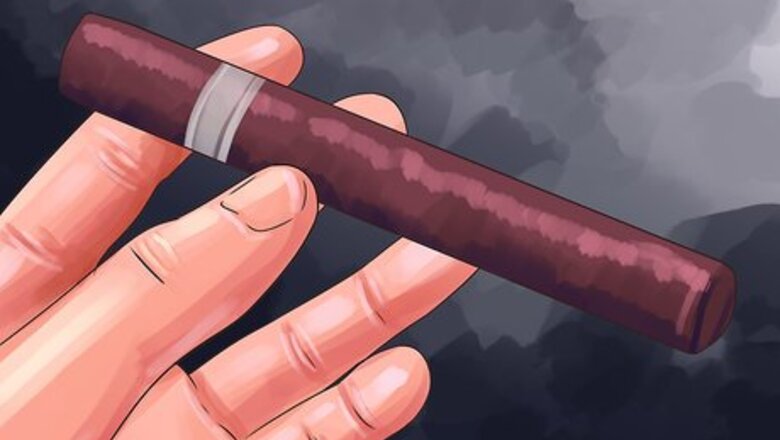
views
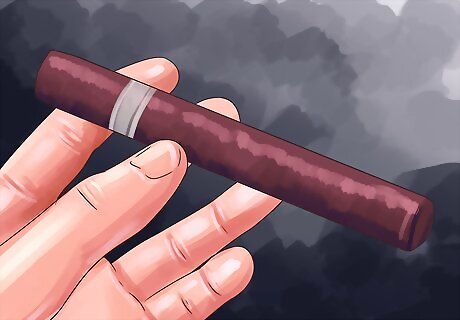
When selecting a cigar, note the "feel" of it in your fingertips. Is it spongy? Dry? Marred? Or does it feel weighty, with uniform firmness from tip to tip, a beautiful, unmarred leaf with no visible veins, and a moistness that you would expect from a cigar in Nicaragua--at 70 degrees and 70% humidity? That is the cigar that is ready to be smoked.
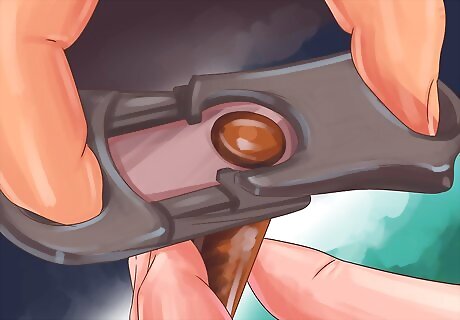
Start by clipping the cigar about 1/2" from the tip. This will provide the ideal draw. A punch will give you a hole through which to draw the smoke, but it will likely be concentrated and hot. Better to clip the stogie for an open draw.
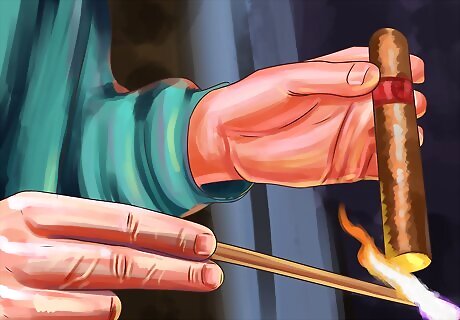
Lighting a cigar is almost an art in itself. It may seem cumbersome, but the benefits are well worth it. Once the cigar is clipped, ideally use a strip of Spanish cedar (which comes with many cigars), light the strip and "toast" the end of the cigar. As the flame chars the tobacco, it will begin to give off smoke. Pull the flame away, and blow on the the charred end--you're trying to ignite the tobacco. Do this again and again (never touching the flame to the cigar) until the tip is glowing red.
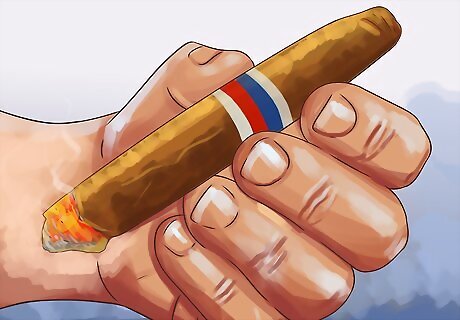
Once the tip is glowing red, wait 45 seconds, at least. Let the cigar become smokable. Be patient.

Lightly puff the cigar, letting the smoke you draw through the stick escape from your mouth. You will already begin to taste the deliciousness of the blend of tobaccos, the leaf, the binder, the wrapper that the Master worked so hard to achieve.
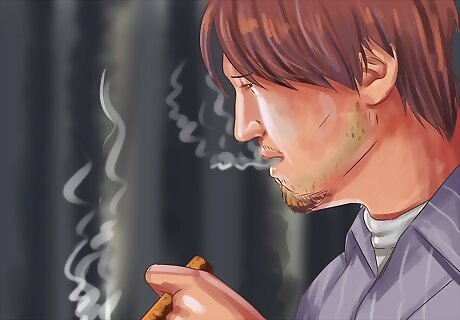
Puff the cigar once or twice every 60 seconds or so. Here is what you're looking for: Clouds of creamy smoke: the sign of a wonderful cigar. Let the smoke linger in your mouth before blowing it out. Let it bathe your tongue and taste buds. What do you taste? Oak? Hickory? Fruit, like strawberries or mango? Maybe toast, or even buttered toast? Coffee accents, or a "chocolatiness"? All common in the best cigars. Let your mind wander: What do YOU taste in the smoke? As you draw the smoke through the cigar, also breathe in gently through your nose. You'll get a hint of the smoke coming from the burning tip of the cigar, mingling with the smoke you take into your mouth. This is key: What new flavors and aromas do you sense? Roasted meat, or maybe burning leaves? Every nuance of aroma and flavor is something the Master who designed this cigar truly hoped you would experience.
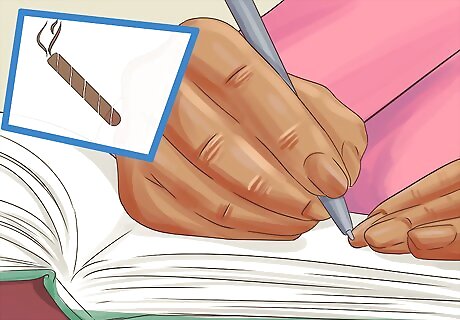
That said, now it is time for you to understand that you should be taking notes about this cigar. Open your cigar diary and begin the notes. Don't forget what you're tasting and smelling: write your impressions first. Then fill in the information about the cigar--company; country of origin of wrapper, binder and filler; vintage year, if applicable; size, length and ring gauge: Corona 5 ½" to 6" 42 to 45 Panatela 5 ½" to 6 ½" 34 to 38 Lonsdale 6" to 6 ½ " 42 to 44 Churchill 6 ½" to 7" 46 to 48 Robusto 4 ½" to 5" 48 to 50 Toro 6" to 6 ½" 48 to 50 Presidente 7" to 8 ½" 52 to 60 Torpedo 5 ½" to 6 ½ " 46 to 52
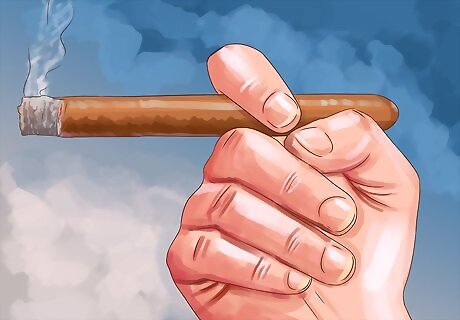
Burn: Is the cigar burning regularly? You should be turning it constantly, just to keep things as even as possible. Is it cooperating? The burn should be consistent and regular, without gouges of burning coals running up the side. Ideally, the burn will be consistent, manageable and even through the smoke.
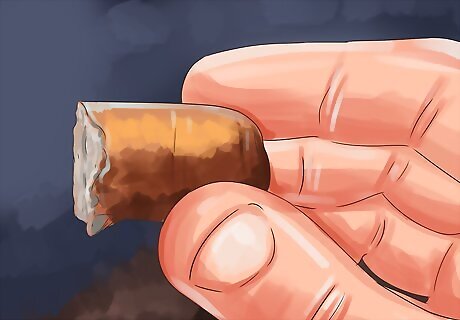
Don't rely on any cigar to taste wonderful past the halfway point of the stick. If it does, SPLENDID! Smoke it to the NUB! And report it highly in your diary. (Then go to a cigar website and report it highly there, too; especially the website from which you bought the cigar, if you bought it online.)
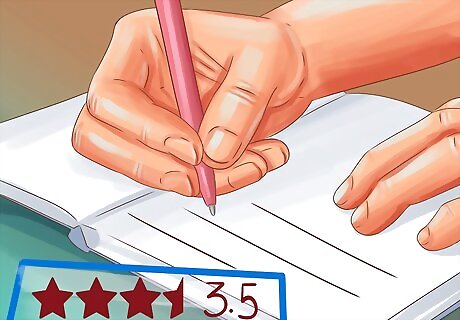
Give each category a rating: 1-5 stars, say. Track your smokes consistently, using the same scale. Note truly wonderful cigars for your palate, so you know what to order next time (and watch for deals on that brand, length and ring gauge).
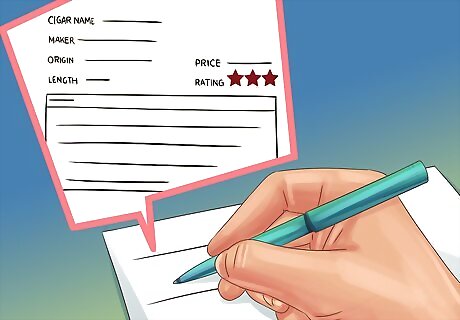
Combine the ratings and give the cigar a final "score." Note it at the top of the page in your cigar diary. Review often.












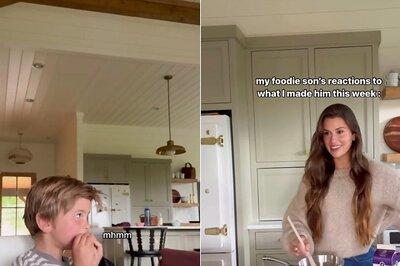


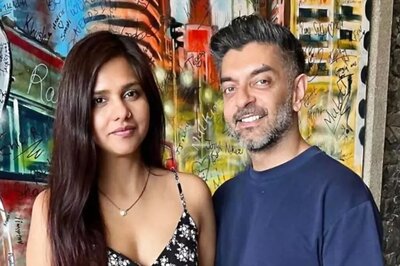

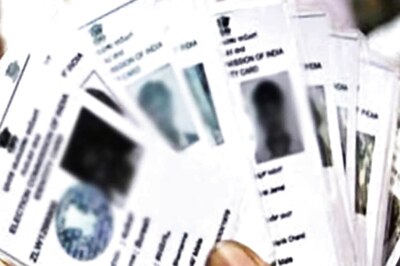


Comments
0 comment